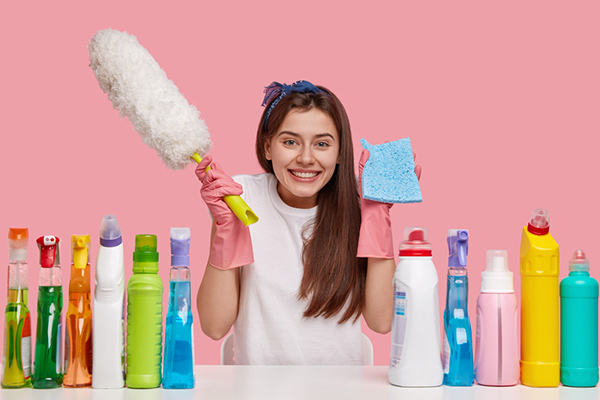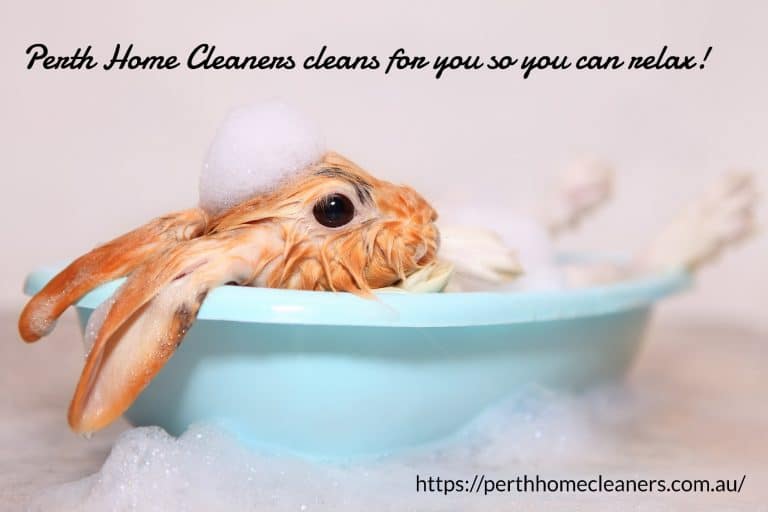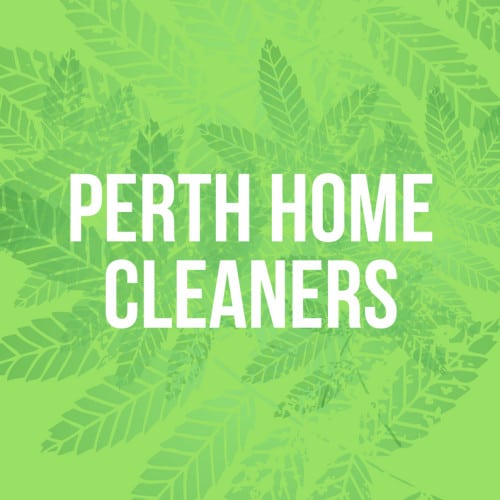Germs, Bacteria, And Viruses Everywhere: How To Clean, Disinfect And Sanitise Your Home
Keeping your surroundings at home clean and healthy can be done by developing an understanding of germs, bacteria, and viruses. The importance of cleaning and sanitising cannot be over-emphasised, and has become more relevant now than ever with the coronavirus pandemic. If need be, it is not a bad idea to carry out a professional-level deep cleaning every six months.

Definition of Germs
According to Merriam-webster, germs are defined as; small living substances that can develop into full-blown organisms or any of their parts.
They live everywhere and on every surface, including in your body. Most germs are harmless, and your immune system has an inbuilt capacity to protect your body from most germs.
How to Clean, Disinfect, and Sanitise Germs
Germs are transferred to your hands while coughing, sneezing, or rubbing the eyes. They are also transmitted from dirty hands to food and passed on to whoever eats that food. Another common way of transmission is through raw foods in the kitchen, which is then transmitted to uncooked food such as salad.

Cleaning food and surfaces such as tables and kitchen counters can remove most germs. Raw food can be cleaned in hot water. Only disinfect and sanitise hard surfaces after they have been cleaned. Otherwise, the impurities make it harder for the chemicals in the disinfectants and sanitisers to kill germs.
You do not have to do a complete and thorough home cleaning daily, such as disinfecting and sanitising, unless you have a sick person at home or someone sick recently visited your house. Simple cleaning is enough to kill germs.
Definition of Bacteria
Oxford dictionary defines bacteria as a unicellular microorganism with cell walls lacking a nucleus and organelles. They are shaped either like spheres, spirals, or rods. Some bacteria cause infectious diseases and food poisoning. But some others are harmless and even beneficial. They are also used in some industrial processes.
How to Clean, Disinfect, and Sanitise Bacteria
Bacteria are found in soil, oceans, rock, radioactive waste, glaciers, hot springs, snow, and even in the stratosphere. Some live on other organisms, such as plants, animals, and humans. The number of bacteria cells in our body is at least ten times more than the number of human cells. Therefore, daily full home cleaning is essential.
Boiling water, bleach, and chlorine can kill harmful bacteria on dishes and utensils. When using bleach, do not mix it with any other substance. Work with bleach only in areas that are open and well-ventilated.
The bacteria on wounds can be killed by hydrogen peroxide. Hydrogen peroxide is a topical antiseptic that prevents infection and inflammation of wounds. Alcohol-containing products such as isopropyl and ethanol are effective disinfectants that can kill bacteria on hard surfaces. It is important to know the best way to store and use chemicals involved in the cleaning and disinfecting process. In a recent survey in the US, only 49% of respondents reported using gloves while using chemicals, so it is important to have full knowledge of safe usage.

Definition of a Virus
A virus is defined by Britannica as; a small infectious microbe with a simple composition that multiplies only in the cells of living beings. It cannot replicate but infects cells of a living organism. COVID-19, AIDS, and smallpox are caused by viruses. If you have had a family member recovering from COVID, professional deep cleaning is a must.
How to Clean, Disinfect, and Sanitise Viruses
Viruses can contaminate household objects such as carpets, tables, door handles, cabinets, drawers, dishes, utensils, light switches, faucets, and refrigerators. They can survive on the surfaces of these household items, (especially when in cool, low humidity, and dark environments) for weeks or months.
People who have a viral attack should be isolated at home to control the spread of infection. Any physical surfaces that are touched by the person must be thoroughly cleaned using disposable gloves with disinfectant and sanitiser. Do not sweep or dust as this can spread the particles. Wear a mask or respirator while vacuuming.
You should clean hard surfaces or household items touched by the contaminated person before disinfecting them. Apply disinfectant and leave the surfaces wet for a while. There are also various other ways to sanitise contaminated areas. If using sanitisers, make sure they are approved by ARTG.

Sanitising VS Disinfecting
Many people use sanitising and disinfecting interchangeably. Here is a summary of sanitising vs. disinfecting. Sanitising uses chemicals to kill bacteria that lie on surfaces and is not used to kill viruses. Disinfecting, on the other hand, uses chemicals to kill viruses on hard surfaces and not bacteria.
Sterilising Kills
To better understand the importance of cleaning and sanitising, you need to know the pitfalls of sterilisation. Sterilisation is a procedure that kills all microorganisms using heat, ethylene oxide gas, plasma, hydrogen peroxide, radiation, and ozone. A sterile item is completely free of any contamination.
Sterilisation is mainly used in healthcare units and hospitals by certified professionals. The competence of the operator who is using sterilisation methods is mandated. So, although sterilisation kills harmful microorganisms, avoid using it at home.
Use Caution and Call Professionals
No matter what products you use to clean, disinfect and sanitise household items, full home deep cleaning must be done with caution due to the high concentration of chemical compositions. It is highly recommended to read the instructions given on the label descriptions before using them. If it is a liquid cleaner, you can pour it into cleaning and sanitising equipment before spraying it. As a precaution, wear masks and gloves always.
Perth Home Cleaners also provide professional deep cleaning services. When it is safe to do so (and you do not have an actively sick person at home) you can call in professionals to make sure the disinfection and sterilisation process is done correctly.







